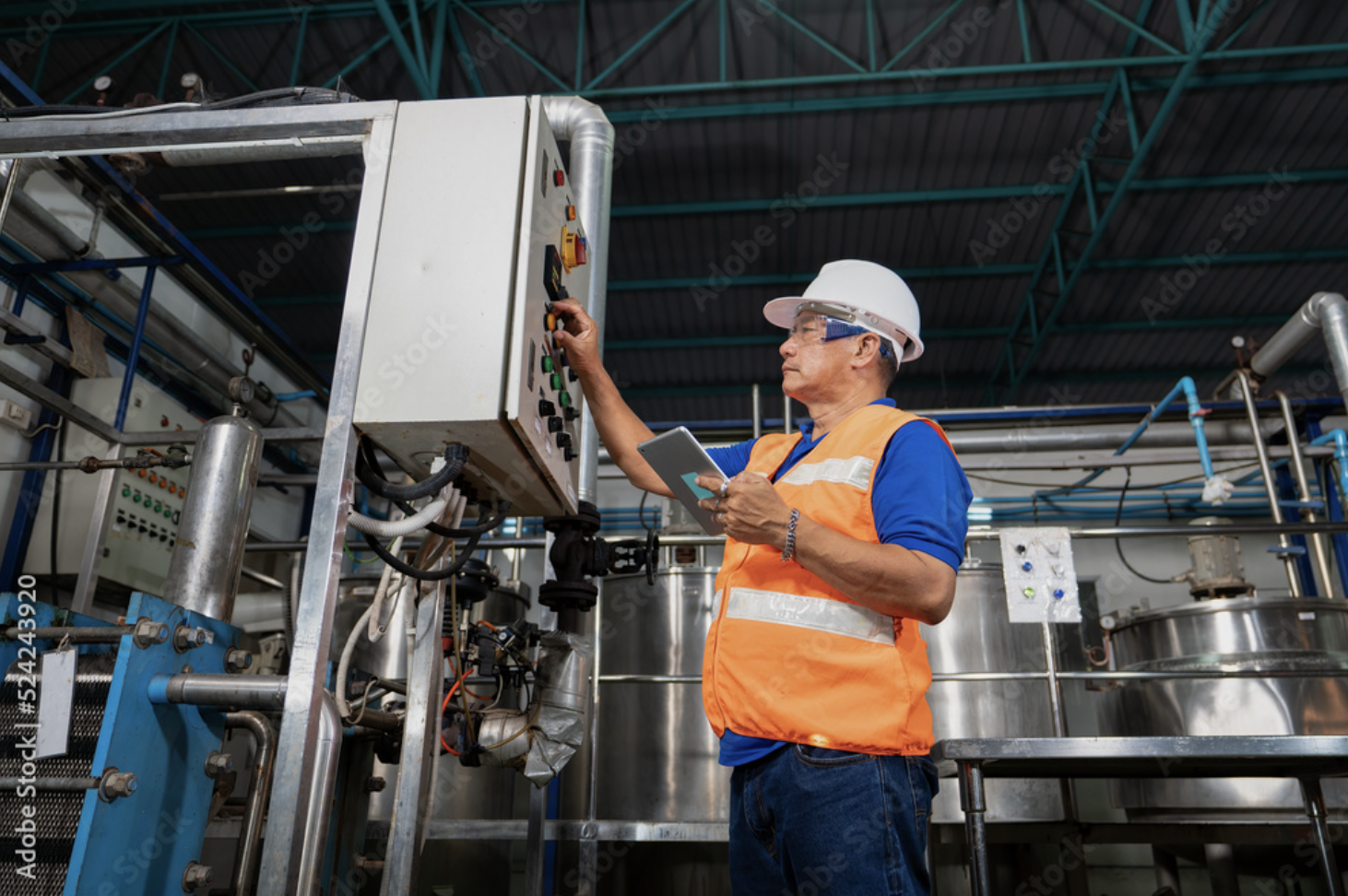Introduction
As production machinery advances in capability, it poses more complex maintenance challenges, necessitating predictive maintenance (PdM). As a more proactive approach, predictive maintenance uses an AI-based predictive algorithm to provide real-time telemetry on the smallest of details in the production process and equipment maintenance.
| Highlights A predictive maintenance system uses IoT sensors, machine learning algorithms, AI-based advanced analytics and data to predict breakdowns and maintenance dues. These insights help forecast the possibility of failure and take proactive measures before an incident occurs. |
How Do Breakdowns Affect Businesses?
If anything can go wrong, it will. Organizations dealing in a higher degree of advanced machinery and equipment are all too familiar with Murphy’s Law. Equipment breakdowns result in unplanned downtimes, increased maintenance costs, substandard production quality and faster depreciation. A Forbes report states that unplanned downtime costs industrial manufacturers $50 billion, annually.
How Does Predictive Maintenance Work?
# 1 Data Collection Using IoT
Firstly, IoT-enabled devices collect data from machines, equipment, sensors or systems continuously. This data is usually related to vibrations, electric currents, temperature, etc.
# 2 Data Analysis With AI/ML Algorithms
The collected data from sensors or machines is then analysed using machine learning and artificial intelligence algorithms to find anomalies, patterns or early signs of equipment failures.
# 3 Building Predictive Models
The data analysis done before helps in building predictive models to predict imminent equipment failures or the need for maintenance.
# 4 Evaluation and Action Steps
When the predictive model detects a potential maintenance or failure, the operator or the management system gets a notification or alert to take preventive steps. The models are also evaluated periodically to check accuracy and performance.
Benefits of Predictive Maintenance (PdM)
Increases Uptime by 20%
According to a Deloitte study, predictive maintenance helps reduce overall maintenance costs by 5–10% and increases maintenance planning time by 20-50%. PdM employs AI/ML-enabled analytics to detect problems early, enabling teams to plan repair and maintenance before the breakdowns, thus reducing downtimes.
Occupational Safety
Predicting failures entails that accidents or possibility of danger around the equipment can be avoided. Maintenance teams get alerts and warnings in advance about any impending issue that can hinder productivity or cause risks to the people working around it.
Longer Machine Lifespan
When problems in equipment are detected early using predictive analytics, maintenance managers do not need invasive repair methods. This saves wear and tear while enhancing the lifespan of the machine.
Tenfold Return on Investment
Predictive analytics has proven to bring a tenfold return on investment, resulting in 30–40% savings. For example, aircraft manufacturing company, Airbus, implemented predictive analytics to reduce production costs on its new 2023 models. [Source]
Better Business Predictability
Various benefits of PdM such as anticipating downtimes or possibilities of accidents equip organizations to direct their resources towards scalable business plans.
How Does Predictive Maintenance Look in the Future?
IoT to Generate Greater Value for Factories
IoT devices such as smart meters or sensors collect real-time data on machine performance that enhances predictive maintenance in factory settings.
Democratization of Predictive Maintenance
Implementing predictive maintenance solutions requires specialized skills, affecting their faster adoption. Thus, businesses are moving towards user-friendly and intuitive predictive analytics tools. This will make the process more accessible and affordable.
The Rise of Synthetic Data
Predictive maintenance requires high-quality data. But what if organizations don’t have that? Enter synthetic data. The latest tools create artificial data that closely mimics real-world data or use cases, enabling organizations to move ahead in their predictive analytics journey.
Immersive Technologies
Another trend that will further enhance the application of predictive maintenance is the use of extended reality (XR) technologies for asset inspection. Technologies such as augmented reality (AR) and virtual reality (VR) make it easier for technicians to visualize historical component data.
Conclusion
Maintenance teams around the world face manifold challenges while implementing predictive maintenance solutions. They need to educate themselves about predictive technology while minimizing application costs. Industry trends, however, show that manufacturing sectors are rapidly warming up to predictive maintenance.


